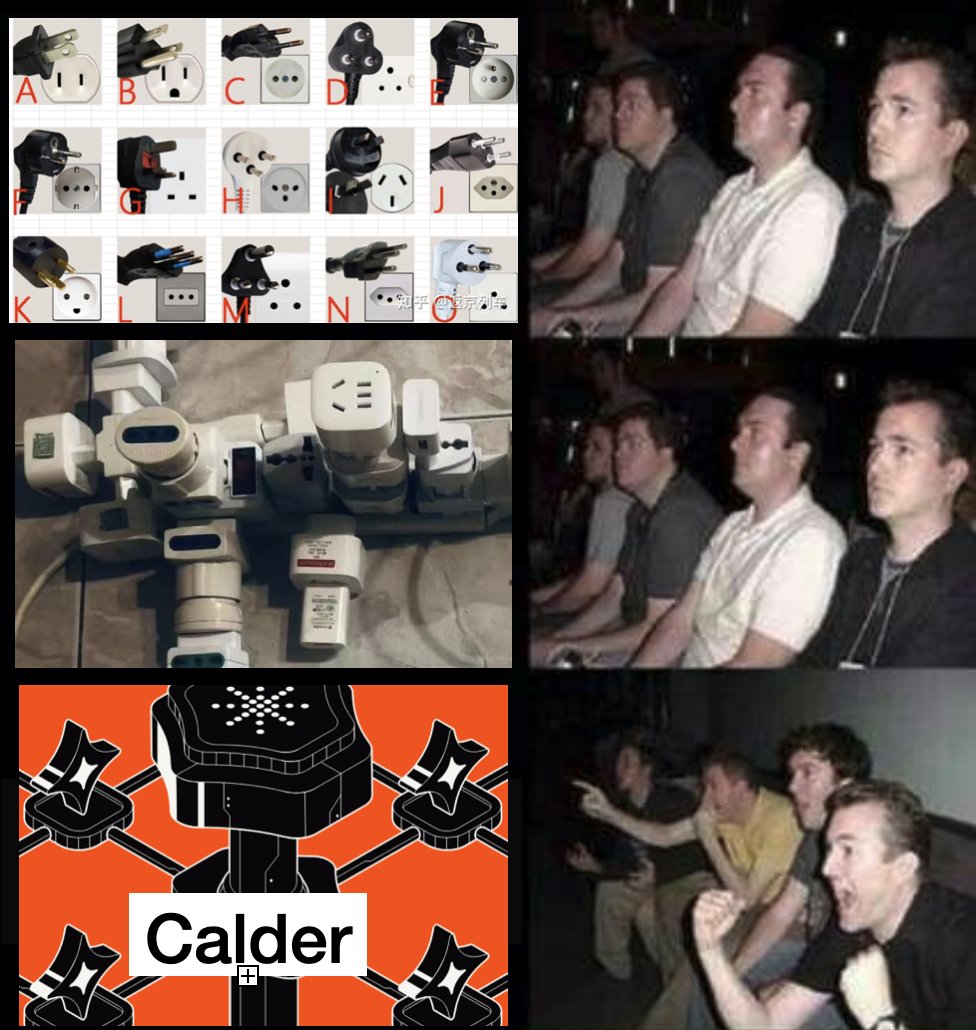From a certain perspective, the L2 space is very similar to the electric vehicle industry.
The current L2 battle is no longer about performance; it has shifted to the stack level. Whoever can get more people to use it will have the say. For example, OP Stack, ZK Stack, and Arbitrum Orbit are all opening their own "technology templates" to attract developers to build their own factions of L2 or L3. It's like how Tesla open-sourced its code in the early days: every company is pushing its own electric vehicle "operating system," lowering the barriers for everyone to enter the electric vehicle industry, allowing more developers to build cars based on their own systems.
However, the downside of competition is that everyone is doing their own thing, and the systems cannot interoperate. This street has Tesla charging stations, while that street has NIO charging stations. If the charging stations cannot interconnect, it becomes a waste of resources for the electric vehicle industry.
So the biggest problem with L2 right now is similar: the OP system, ZK system, and other stacks cannot interoperate, which directly undermines Ethereum's original vision of "modular + unified." This is not a good thing for the entire Ethereum ecosystem.
Both L2 and the electric vehicle industry need an interoperable "charging station." The interoperable "charging station" for L2 has basically been realized on Caldera.
Caldera's newly launched Metalayer technology product is compatible with all factions of OP Stack, ZK Stack, and Arbitrum Nitro, providing "power" between chains. For developers, there's no need to adapt to each chain; a single SDK connects to Caldera, covering interoperability, settlement, and security at the underlying level. For users, information is interoperable; for example, if KYC has been done at this Rollup layer, it doesn't need to be done again at that Rollup.
Currently, Caldera supports over 100 customizable L2 and L3 networks, accounting for nearly a quarter of all Rollups on Ethereum. The social protocol Towns, which raised $46 million and launched on Binance, is supported by Caldera.
Currently, it mainly focuses on EVM chains, and the next step should be Solana and HyperEVM. Looking at the data, Caldera's TVL has just hit $1 billion, and the current market cap of ERA is $158 million, with all investors having at least a one-year lock-up period.
So it shouldn't be difficult to see a new high this year.

The Ethereum infrastructure, honed over three years, has begun to reverse its trend as I successfully predicted. If you're looking for some short-term multiples, consider some excellent ETH ecosystem infrastructures.
The volcano doing ETH ROLLUP, $ERA, saw a price drop after its launch, and I will tell you in multiple ways why I am optimistic about it and why I chose to buy the dip.
1. Fun fact: All investors in Caldera must lock their assets for a year.
2. Using the same incubator, Alliance DAO, which has recently performed strongly with $PENDLE, the launch price was 0.78. When PENDLE dropped to $0.465, it began a violent rebound, reaching a peak price of 7.538, currently around 5.5.
3. Look at the investors: The founder is a co-founder of Palantir, which has been the only publicly traded company to outperform BTC since 2021. Moreover, they have made few transactions, known for their precision, with only over 60 crypto-related trades since 2013.
Sequoia previously invested in KAITO, which was a competitive move, and @Calderaxyz is also a strong product type project backed by Sequoia. On the KAITO leaderboard, it’s normal for KAITO to help Caldera when needed.
The first round valuation of Caldera volcano exceeded 100 million USD last November, with total financing of 25 million USD. Currently, the circulating market value is around the first round valuation range.
Many people know about OP but not about the volcano. The OP superchain plan is based on Optimistic Rollup design, and you must join this alliance to have a future, like NATO in the crypto world. Caldera, on the other hand, is a full-stack Rollup solution, like a more open club, allowing all Rollups to interconnect, merging their separate regional liquidity and services. It is also cheaper and has unlimited capacity.
The volcano offers some customized DAPPs that provide yields, focusing on excelling in their specialized business, outperforming competitors, and achieving the lowest industry costs. They aim to lower the barriers for launching chains.
Although various chains and L2s are increasing, as chain abstraction develops, 1+1 > 2, users can experience better applications that are less perceptible, with cross-chain transactions becoming faster and cheaper.
22.43K
19
The content on this page is provided by third parties. Unless otherwise stated, OKX TR is not the author of the cited article(s) and does not claim any copyright in the materials. The content is provided for informational purposes only and does not represent the views of OKX TR. It is not intended to be an endorsement of any kind and should not be considered investment advice or a solicitation to buy or sell digital assets. To the extent generative AI is utilized to provide summaries or other information, such AI generated content may be inaccurate or inconsistent. Please read the linked article for more details and information. OKX TR is not responsible for content hosted on third party sites. Digital asset holdings, including stablecoins and NFTs, involve a high degree of risk and can fluctuate greatly. You should carefully consider whether trading or holding digital assets is suitable for you in light of your financial condition.


